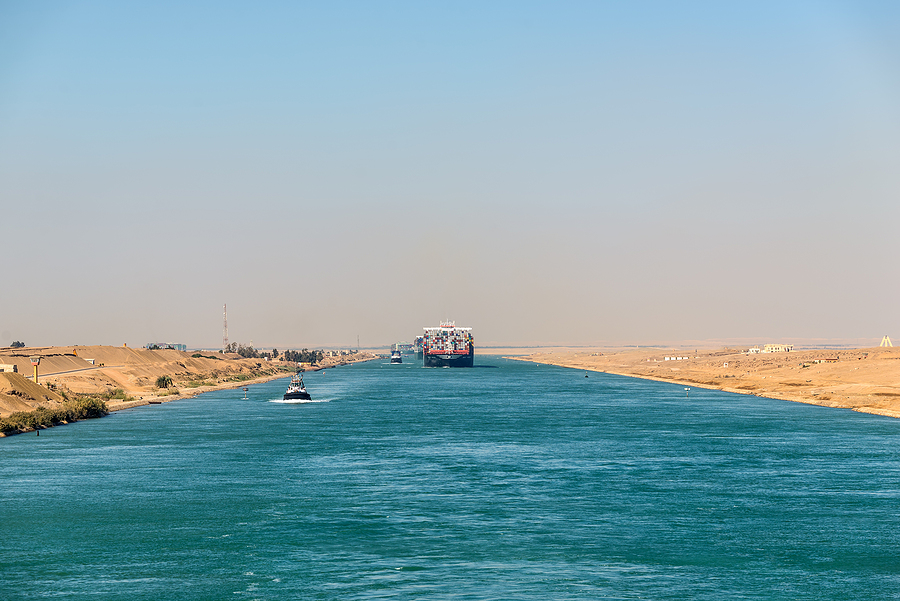Part of this is the knock-on effect the traffic jam has caused to ships being delayed in the canal, more congested ports and the delays caused by talking alternative routes around the Cape of Good Hope or the North Sea.
To truly understand the Suez Canal’s importance, we need to go back a very long time, before even the days of the Silk Road.
From Pharaohs To The Silk Road
As far back as Ancient Egypt, there were plans and ideas to connect the Red Sea to the River Nile, which would effectively connect the Mediterranean Sea to the Red Sea and connect Egypt to Ancient Greece and Ancient Persia.
According to Aristotle, who wrote about the attempt in his book Meteorology that “Sesostris” (the Greek name for Pharaoh Senusret III), the canal may have been attempted as far back as 19th century BC.
The problem he found, according to Aristotle, was that the Red Sea was higher than the land and thus if he cut the canal he ran the risk of contaminating the Nile’s river water with salt and spoiled it.
In practice, it would take until Necho II over 1000 years later for the first serious attempts for the canal to be made, and historians of the era disagreed as to whether Darius the Great of Persia actually managed to complete the canal or whether it was abandoned.
Later on, Ptolemy II, son of one of Alexander the Great’s generals, became Pharaoh and managed to fit a water lock, thus making a trade route between Persia and Greece via Egypt finally viable.
This canal eventually filled with silt and was closed for centuries, with the Silk Road between China and Cairo and Istanbul being the dominant trade route from 114BC right up until the 1720s.
The Dawn Of Sail And The Increasing Need For The Canal
Interest in a route between Europe and Asia via the Red Sea became increasingly important as maritime trading between Europe and India increased.
However, this route involved a perilous and exceptionally long journey around Africa via the Cape of Good Hope. Even with modern shipping technology, the Cape of Good Hope route takes two weeks longer than the Suez Canal.
In particular, Venice and other former spice trading centres were as far away from the cape route as physically possible, increasing the desire to build a canal, 400 years before it actually happened.
Napolean Bonaparte of France discovered the ancient canal route but due to an erroneous belief that the new canal would require the time-consuming construction of locks, he abandoned the idea, and it would take until 1846 for serious planning to begin on the Suez Canal.

